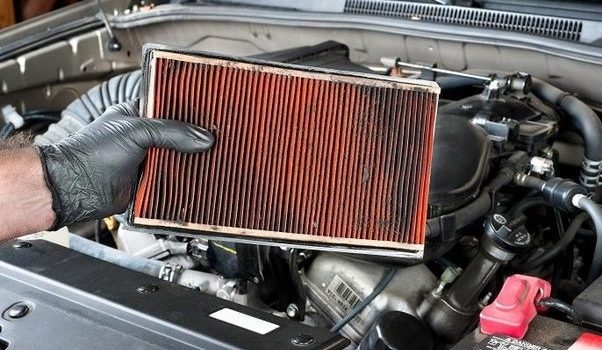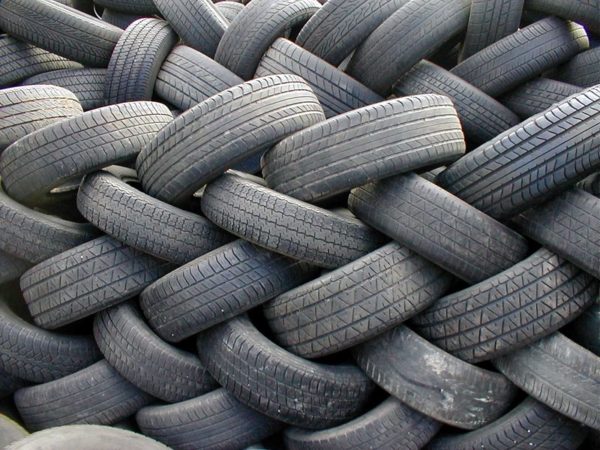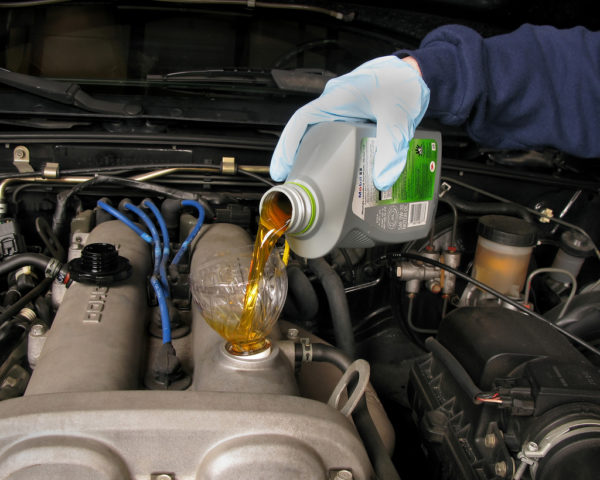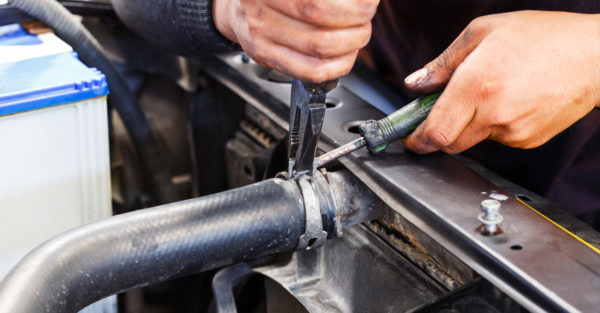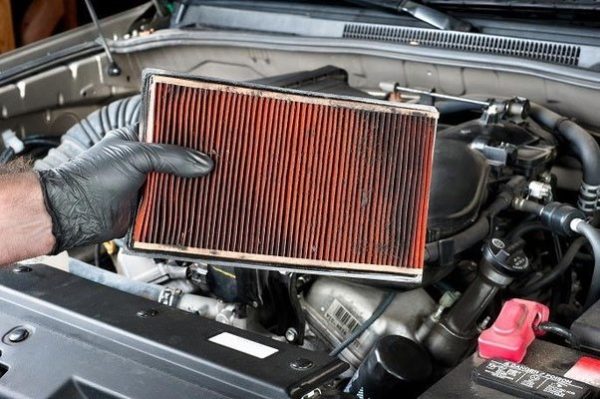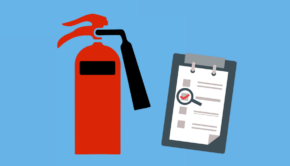5 automotive repairs you can perform at home
With the high cost of automotive repairs there are some you can do at home with just a few tools you probably already have. If you are worried about doing any mechanical repairs never take on a task that could cause more problems. To check for any parts you wish to replace always read automotive manual for location and part numbers.
Rotate the tires for more even wear
A lift or car ramps makes this a much easier and safer task. By rotating the tires you are ensuring better and more even wear. Just check to see if you have one direction tires. They will be marked and can only rotate in one direction so will need to remain on the same side of the car. Just switch from back to front. The word ‘rotation’ and an arrow will be on the sidewall.
This is a good time to check for under car leaks and worn brakes. Always ensure that tires run at correct pressure as this can also lead to uneven wear if either under inflated or over inflated.
Oil change
Usually the first thing the young car owner learns to do often after watching Dad changes the oil. Driving the car onto car ramps is the easiest and safest way to change the oil. Oil filters are available from auto part stores and some service stations. The filter will unscrew from the motor.
Remove the sump plug and let oil drain into a container large enough to hold it all. Remove oil filter. When all old oil has drained out replace sump plug and put on new oil filter.
Make sure that you dispose of waste oil according to your environmental laws and regulations. Don’t simply let waste oil run onto the ground. Your local service station may take the waste oil or they can help you dispose of properly.
Replacing radiator hoses
Often a leak is not visible while the engine is cold. Sometimes you need to start the car to pinpoint the leak as the pipes won’t leak unless under pressure. You must not attempt to replace any hoses while the engine is hot. Let it go cold before removing any hoses. It can be a good idea to replace all hoses at the same time, especially if they look old as another could burst with the new pressure from the changed hose.
To check hoses pinch between fingers to check for soundness. Soft hoses may have perished and may leak soon or you may find a split in the hose. A clamp holding the hose onto a pipe may have corroded or come loose and will need to be changed.
A leak will be evident by a pool of coloured water under the car. This is coolant from the radiator.
You will need to drain the radiator and coolant system in order to replace the damaged hose.
When the engine is cold, remove radiator cap and the place a bucket under the radiator to catch fluid. There is a plug on the bottom that needs to be removed. Once all the coolant has run out replace plug on bottom of radiator.
Remove the damaged hose by taking off the clamps on either end. Clean fittings and replace radiator hose. You can replace old coolant if it is not too old or replace with new fluids.
Don’t overfill but start your car and keep adding fluid till the MAX level is reached. Turn engine off and replace radiator cap.
Changing a filter
Your vehicle has a fuel filter and air filter. The fuel filter traps any debris from the fuel tank before it gets to the engine. The air filter makes sure that any dust and small debris does not get into the engine.
The housing for the air filter will be attached by bolts, screws or clips. Most air filters are good for 15,000 miles unless you have been driving in extreme dusty conditions. Look for dirt and residue on the inside of the filter. If it looks clean no need to change it.
If it is dusty and has not been changed in 15,000 miles it is a good idea to change. Just replace with a new one, put the lid on and do up housing.
The best air filters can be found in this guide here.
Changing the fuel filter is a more complicated task but still not an impossible one. The most trouble will be finding it. Some vehicles will have two fuel filters. Often one is closer to the fuel tank and the other is in engine bay.
They are usually in-line filters with a hose going in and one coming out the other side. Simply unclip clamps and replace filter and put clamps back on. If it feels like too daunting a task take to your mechanic.
Changing a seat belt
This is not a common task but seat belts can get worn or damaged if continually closed in the car door. All you will need is a screw driver and a wrench to change the seat belt.
Remove the bolts that hold the seat belt housing to the floor. It may have a plastic protective cover over the bolts. Also unbolt the receptacle the belt locks into.
Simply line up the holes on the retractor base plate and fit over bolt holes and bolt down. Replace protective cover if there was one. To ensure the bolts are tight use your wrench. Replace the receptacle, usually bolted to floor with a new piece.
Make sure you pull out and then retract the new seat belt to ensure it runs smoothly. Ensure that it locks into receptacle and can’t be pulled out.
If there is an electrical component attached to seat belt this will simply unclip from housing. When new seat belt is in place simply replace electrical component.

